
Daisuke Minakata generously shared his knowledge on Husky Bites, a free, interactive Zoom webinar hosted by Dean Janet Callahan. Here’s the link to watch a recording of his session on YouTube. Get the full scoop, including a listing of all the (60+) sessions at mtu.edu/huskybites.
Do you trust your tap water? It’s regulated, but exactly how is tap water treated? And what about wastewater? Is it treated to protect the environment?
Daisuke Minakata, an associate professor of Civil and Environmental Engineering at Michigan Technological University, studies the trace organic chemicals in our water. He’s also developing a tool municipalities can use to remove them.
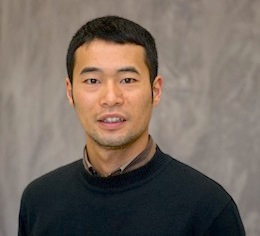
“Anthropogenic chemicals—the ones resulting from the influence of human beings—are present in water everywhere,” he says. And not just a few. Hundreds, even thousands of different ones. Of particular concern are Per- and polyfluorinated alkyl substances (PFAS), an emerging groups of contaminants.
Most water treatment facilities around the country were not designed to remove synthetic organic chemicals like those found in opioids, dioxins, pesticides, flame retardants, plastics, and other pharmaceutical and personal care products, says Minakata.
This affects natural environmental waters like the Great Lakes, and rivers and streams. These pollutants have the potential to harm fish and wildlife—and us, too.
To solve this problem, Minakata investigates the effectiveness of two of the most widely used removal methods: reverse osmosis (RO), and advanced oxidation process (AOP).
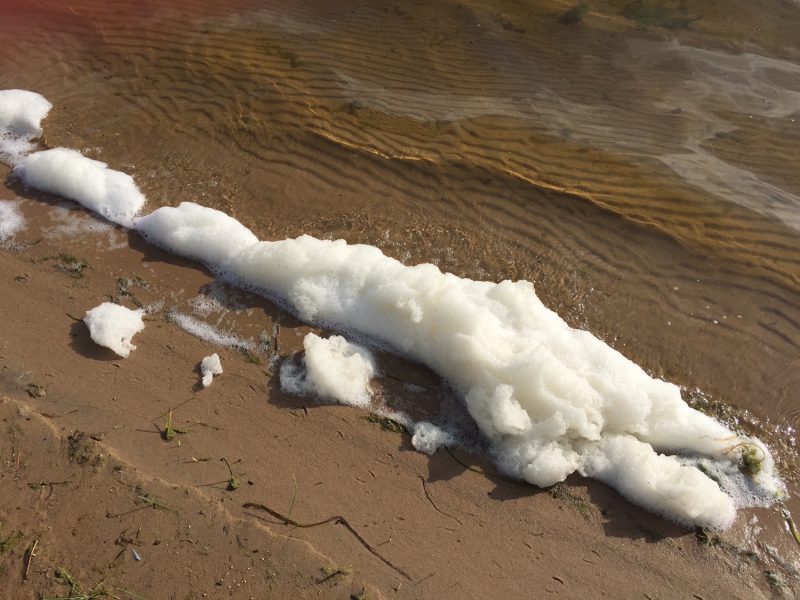
“RO is a membrane-based technology. It separates dissolved contaminants from water,” Minakata explains. “AOPs are oxidation technologies that destroy trace organic chemicals.” Both RO and AOP are highly advanced water and wastewater treatment processes. They are promising, he says, but not yet practical.
“The very idea of using an RO and AOPs for each trace organic chemical is incredibly daunting. It would be extremely time consuming and expensive,” he says.
Instead, Minakata and his research team at Michigan Tech, along with collaborators at the University of New Mexico, have developed a model for predicting the rejection mechanisms of hundreds of organic chemicals through different membrane products at different operational conditions. Their project was funded by the WateReuse Research Foundation.
“The rejection mechanisms of organic chemicals by RO are extremely complicated—but the use of computational chemistry tools helped us understand the mechanisms,” says Minakata. “Our ultimate goal is to develop a tool that can predict the fate of chemicals through RO at full-scale, so that water utilities can design and operate an RO system whenever a newly identified chemical becomes regulated.”
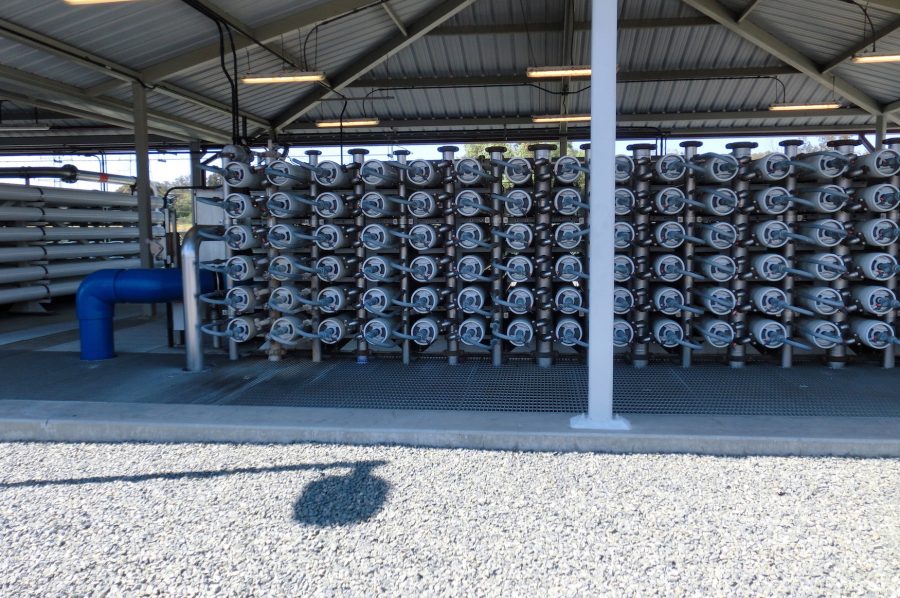
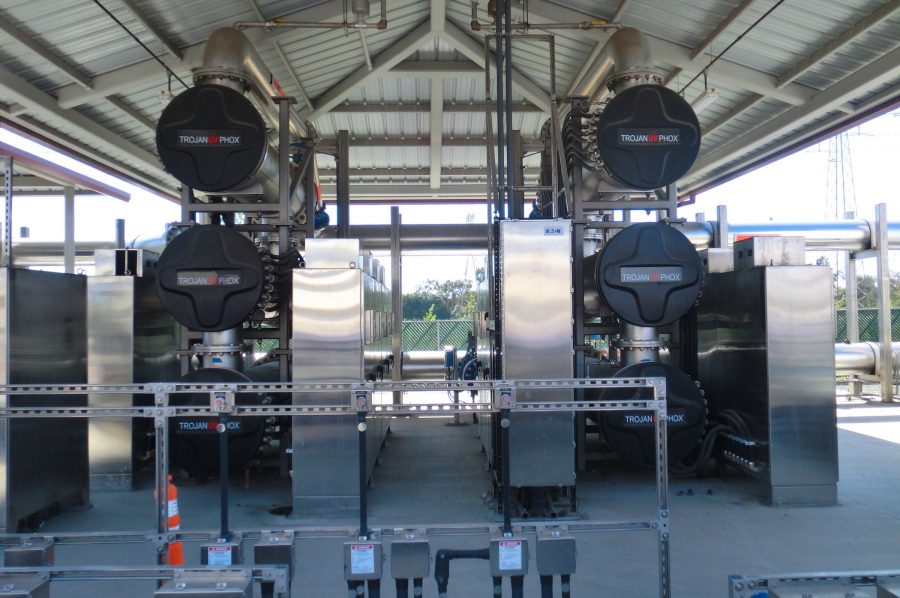
To understand and predict how trace organic chemicals degrade when destroyed in AOPs, Minakata works with a second collaborator, Michigan Tech social scientist Mark Rouleau. They use computational chemistry, experiments, and sophisticated modeling.
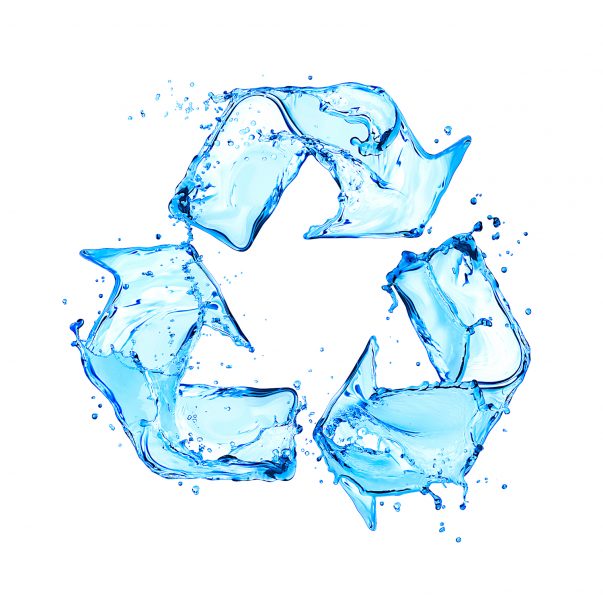
“Solving this problem is especially critical for the benefit of communities in dry, arid regions of the world, because of the urgent need for water reuse in those places,” says Minakata. Water reuse, aka reclaimed water, is the use of treated municipal wastewater for beneficial purposes including irrigation, industrial uses, and even drinking water. It’s also the way astronauts at the International Space Station get their water. (Note: Minakata will explain how it works during his session of Husky Bites.)
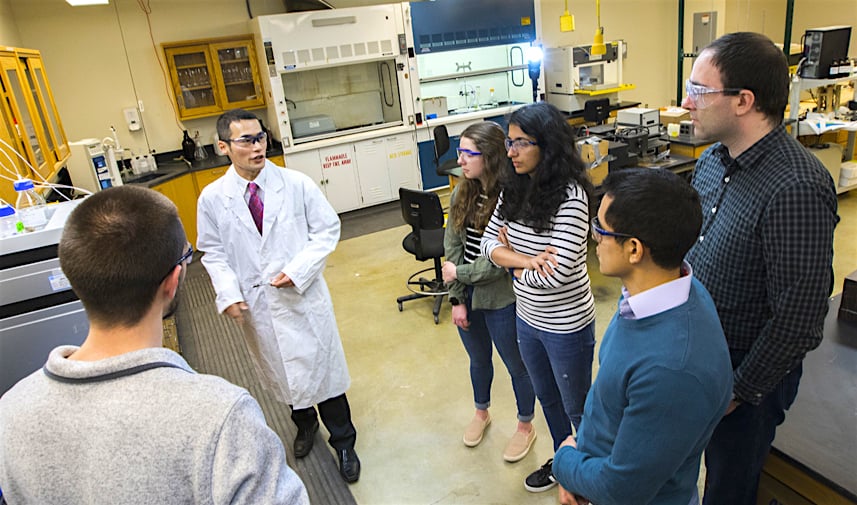
Over the past few years Minakata’s research team has included nine undergraduate research assistants, all supported either through their own research fellowships or Minakata’s research grants.
In his classes, Minakata invites students to come see him if they are interested in undergraduate research within “the first two minutes of my talk.” For many, those first few minutes have become life changing and in the words of one student who longed to make a difference, “a dream come true.”
By encouraging and enabling undergraduate students to pursue research, Dr. Minakata is helping to develop a vibrant intellectual community among the students in the College of Engineering.
Minakata is a member of Michigan Tech’s Sustainable Futures Institute and the Great Lakes Research Center. In addition to being a faculty member in the Department of Civil and Environmental Engineering, he is also an affiliated associate professor in both the Department of Chemistry and Department of Physics. Be sure to check out Dr. Minakata’s website, too.

When did you first get into engineering? What sparked your interest?
I loved watching a beautiful image of planet Earth, one with a very clear sky and blue water, during my high school days. However, as I began to learn how life on Earth suffers many difficult environmental problems, including air pollution and water contamination, I also learned that environmental engineers can be leaders who help solve the Earth’s most difficult sustainability problems. That is when I decided to become an engineer.
In my undergraduate curriculum, the water quality and treatment classes I took were the toughest subjects to get an A. I had to work the hardest to understand the content. So, naturally, I decided to enter this discipline as I got to know about water engineering more. And then, there’s our blue planet, the image. Water makes the Earth look blue from space.
Tell us about your growing up. What do you do for fun?
I was born and raised in Japan. I came to the U.S. for the first time as a high school exchange student, just for one month. I lived in Virginia, in a place called Silverplate, a suburb of D.C. I went to Thomas Jefferson Science and Technology High School, which was the sister school of my Japanese high school, and one of the nation’s top scientific high schools. And I did like it. This triggered my study abroad dream. I was impressed by the US high school education system in the US. It’s one that never just looks for the systematic solution, but values process/logic and discussion-based classes.
So, while in college, during my graduate studies, I took a one year leave from Kyoto University in Japan and studied at U Penn (University of Pennsylvania) as a visiting graduate student for one year. Finally, I moved to Atlanta, Georgia in order to get a PhD at Georgia Institute of Technology. I accepted my position at Michigan Tech in 2013.
I’m now a father of two kids. Both are Yoopers, born here in the UP of Michigan. My wife and I really enjoy skiing (downhill and cross country) with the kids each winter.
Summing it all up, so far I’ve lived in Virginia (1 month), Philly in Pennsylvania while going to U Penn (1 year), Phoenix in Arizona to start my PhD (3.5 years), and Atlanta in Georgia to complete my PhD and work as a research engineer (5 years). Then finally in Houghton, Michigan (7 years). I do like all the cities I have lived in. The place I am currently living is our two kids’ birthplace, and our real home. Of course it’s our favorite place, after our Japanese hometown.
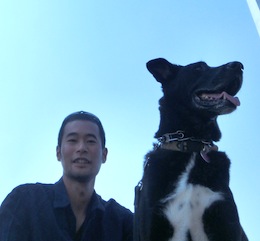
Learn More:
Engineers Capture Sun in a Box
Break It Down: Understanding the Formation of Chemical Byproducts During Water Treatment
The Princess and the Water Treatment Problem